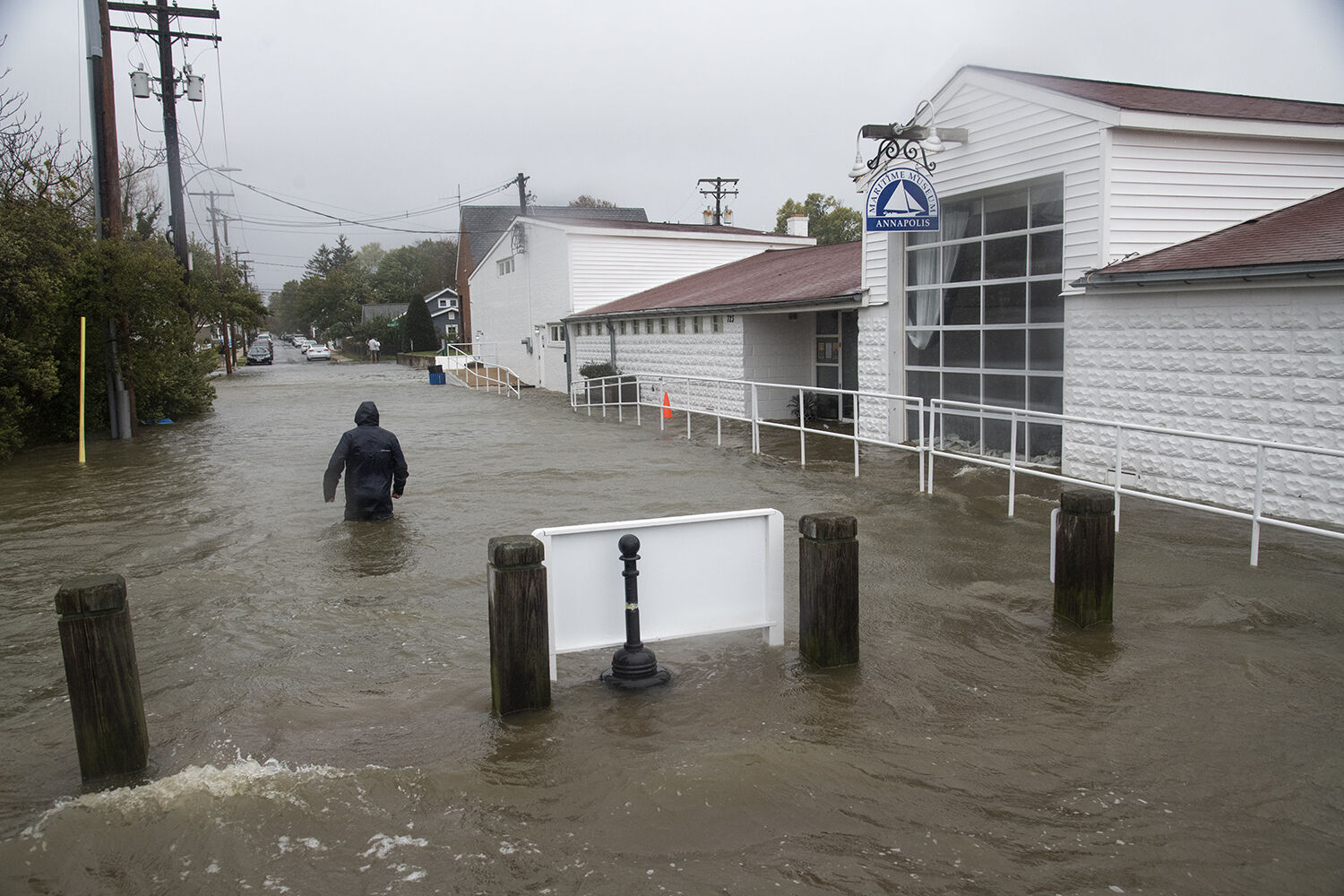
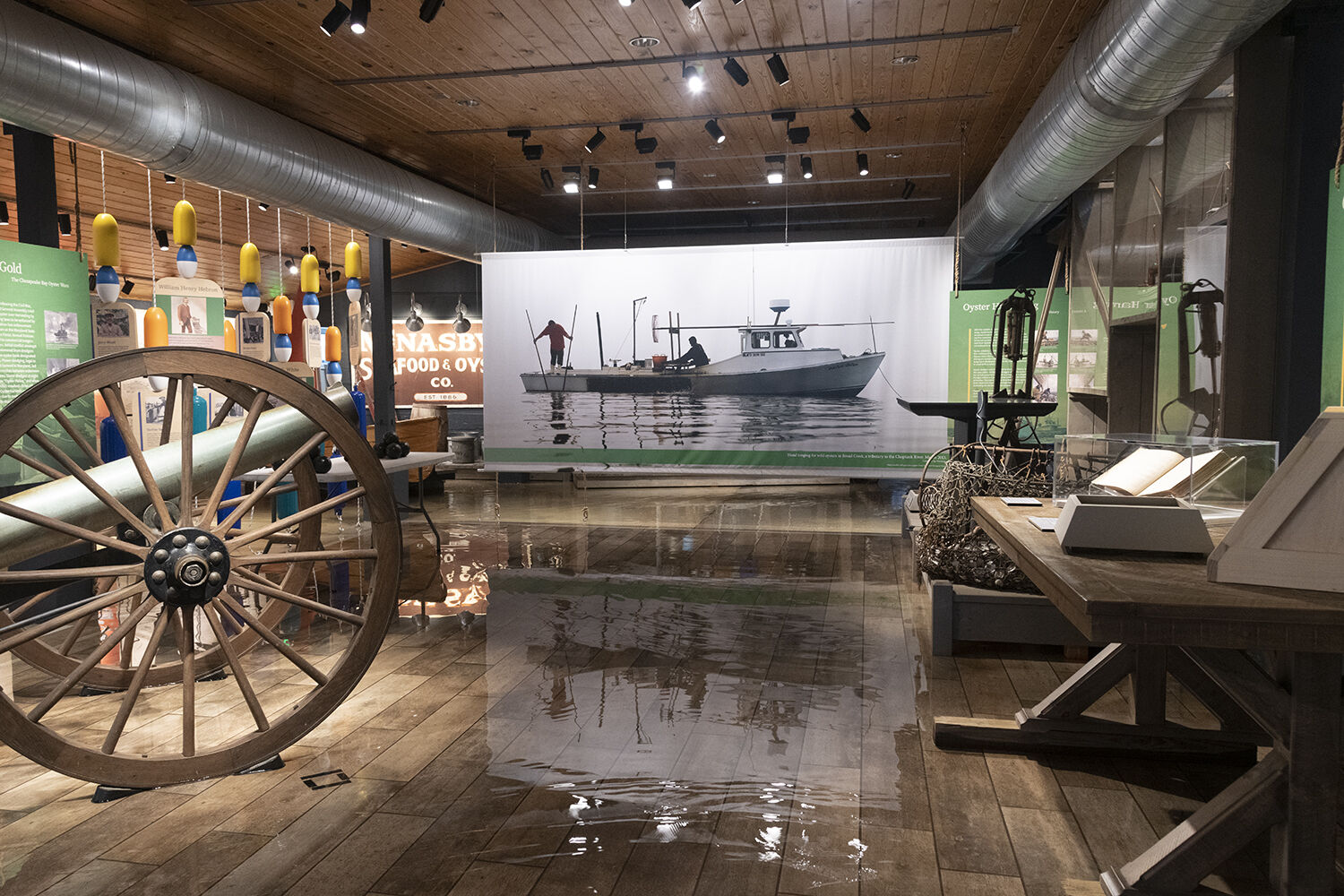
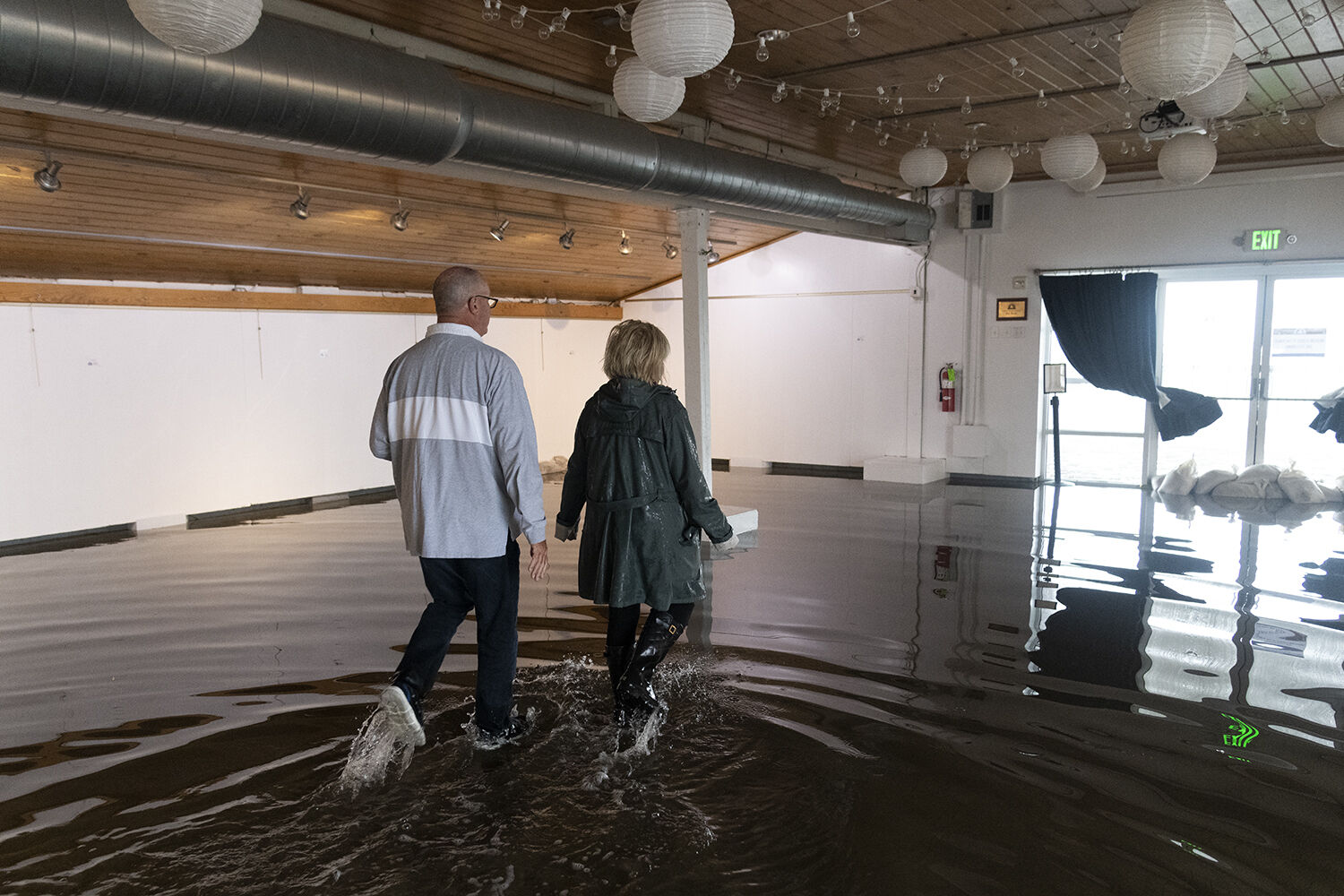
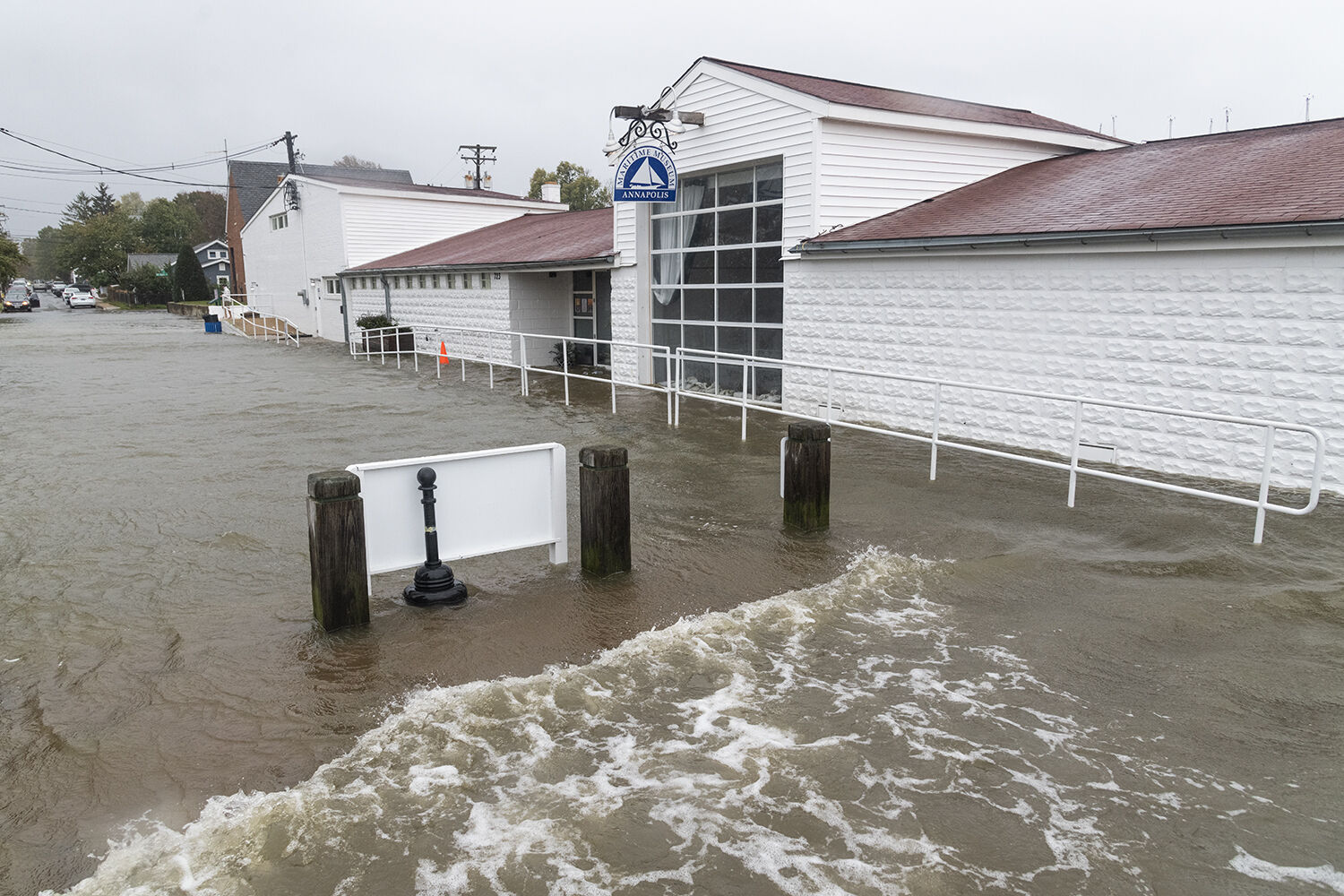
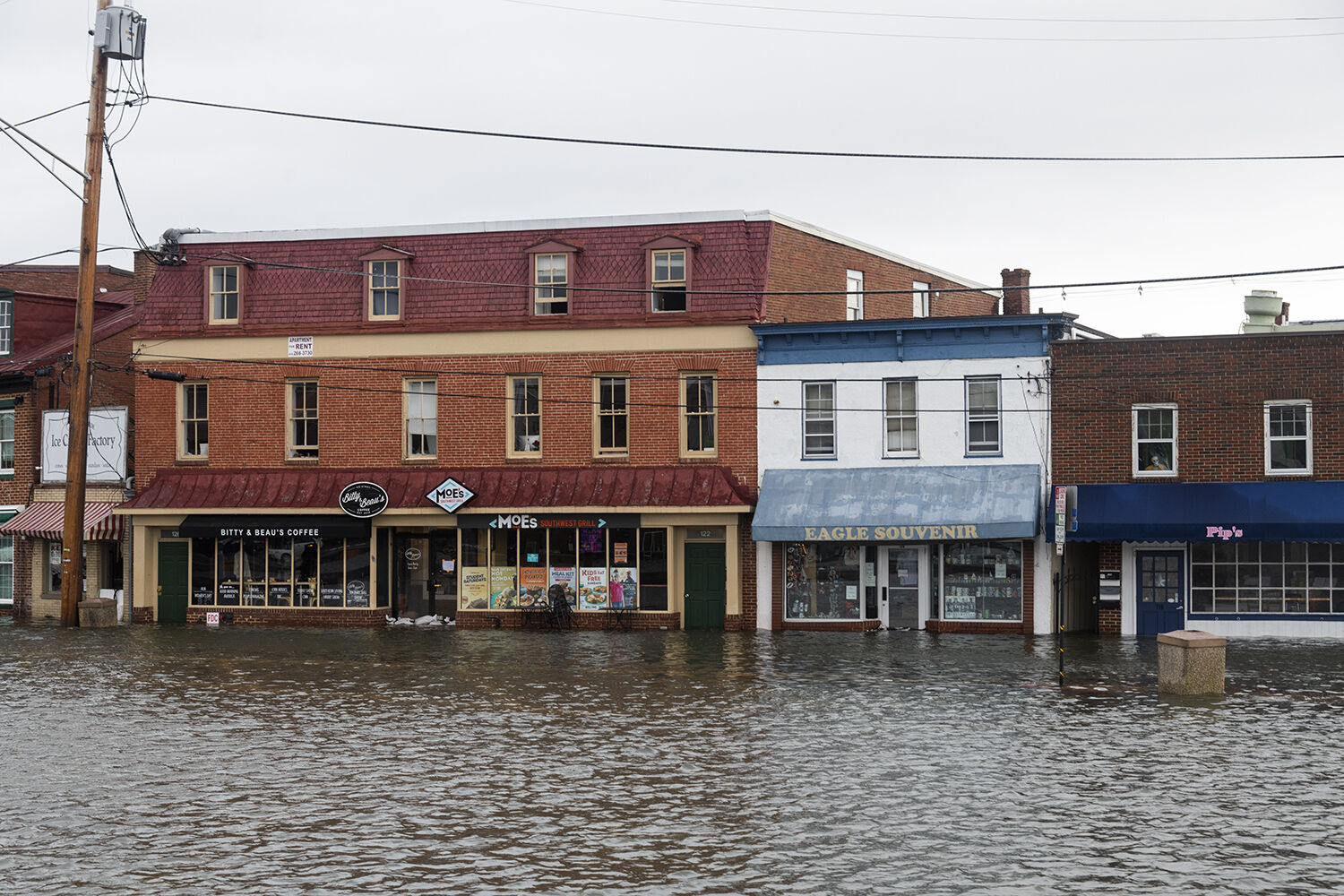
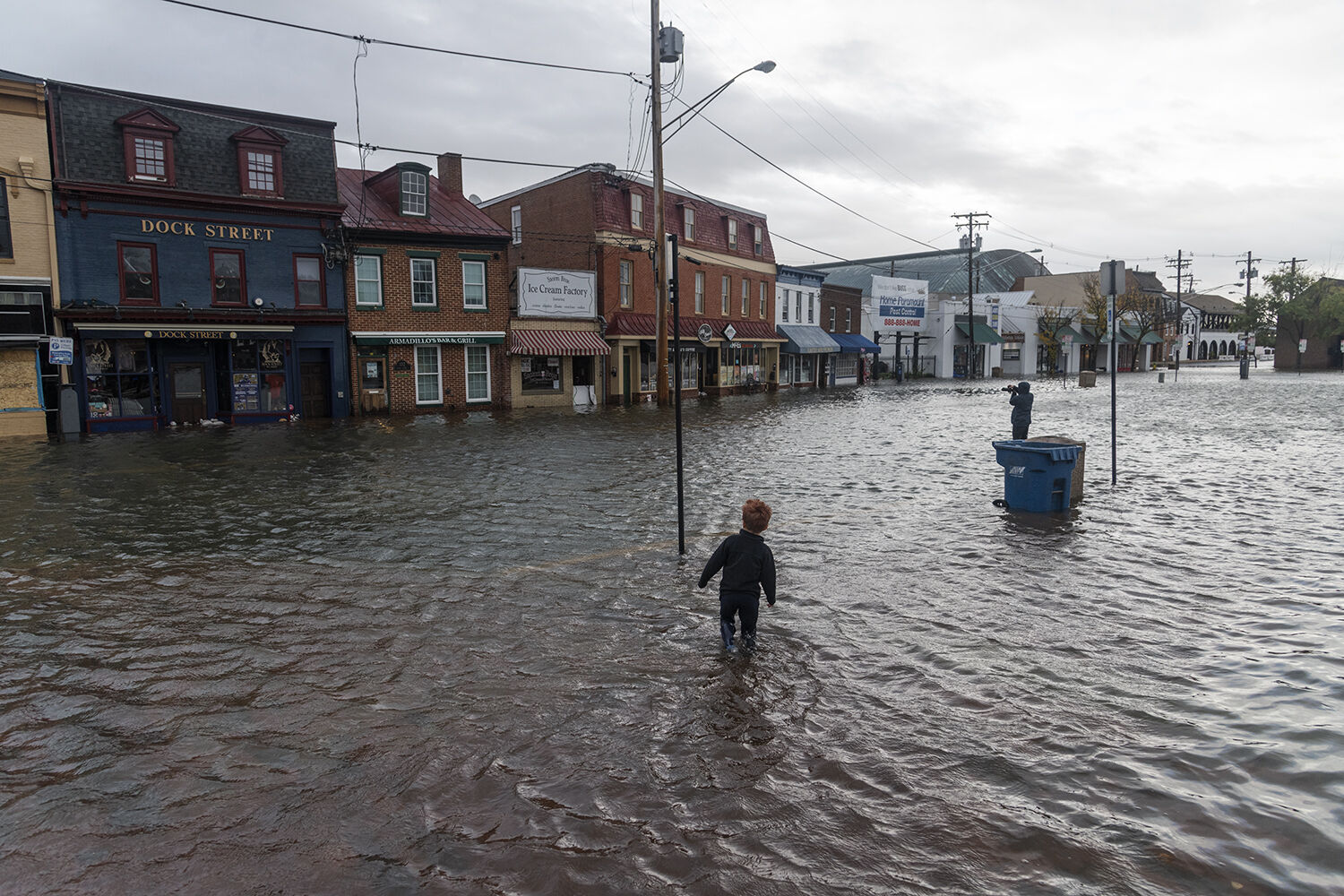
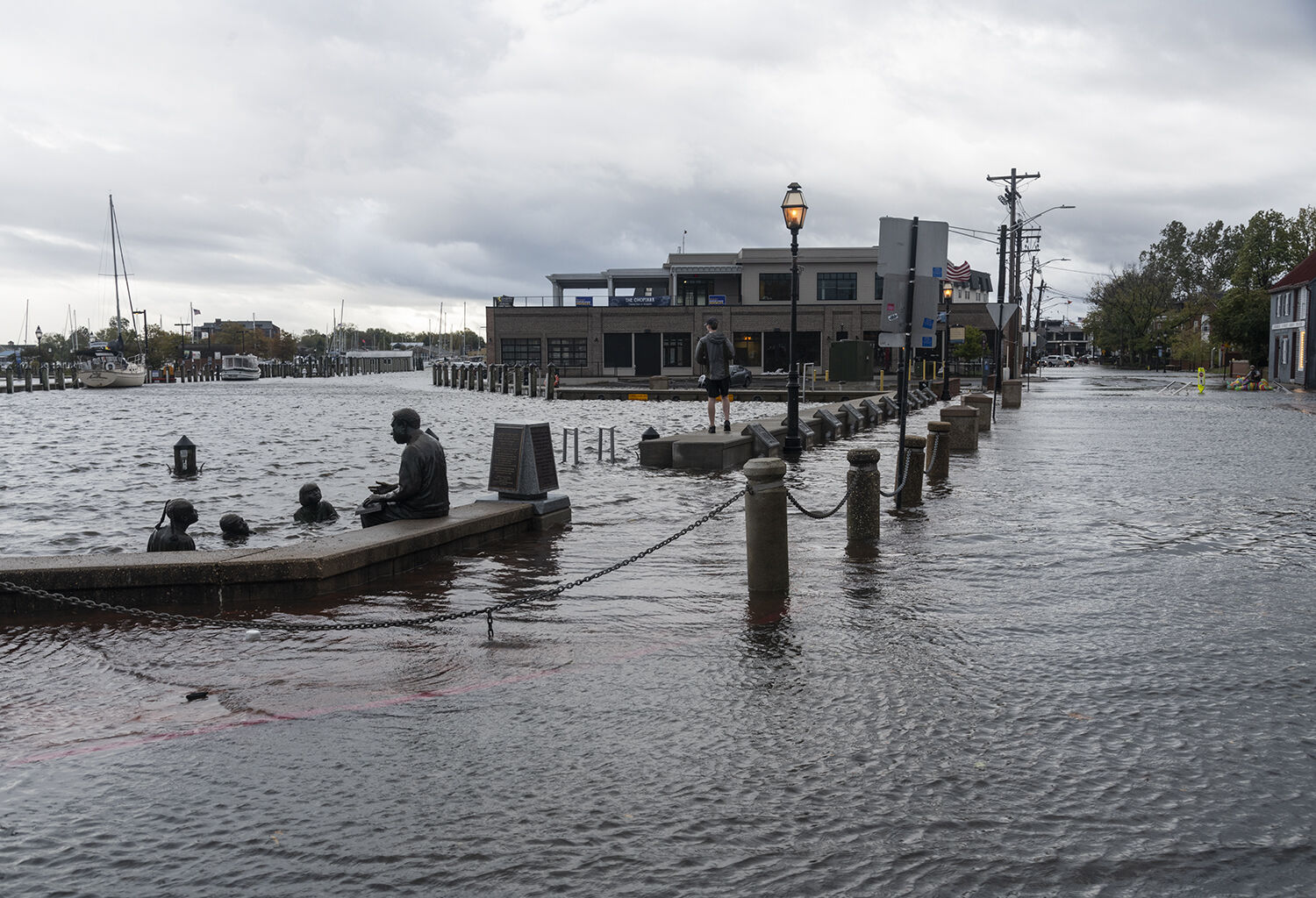
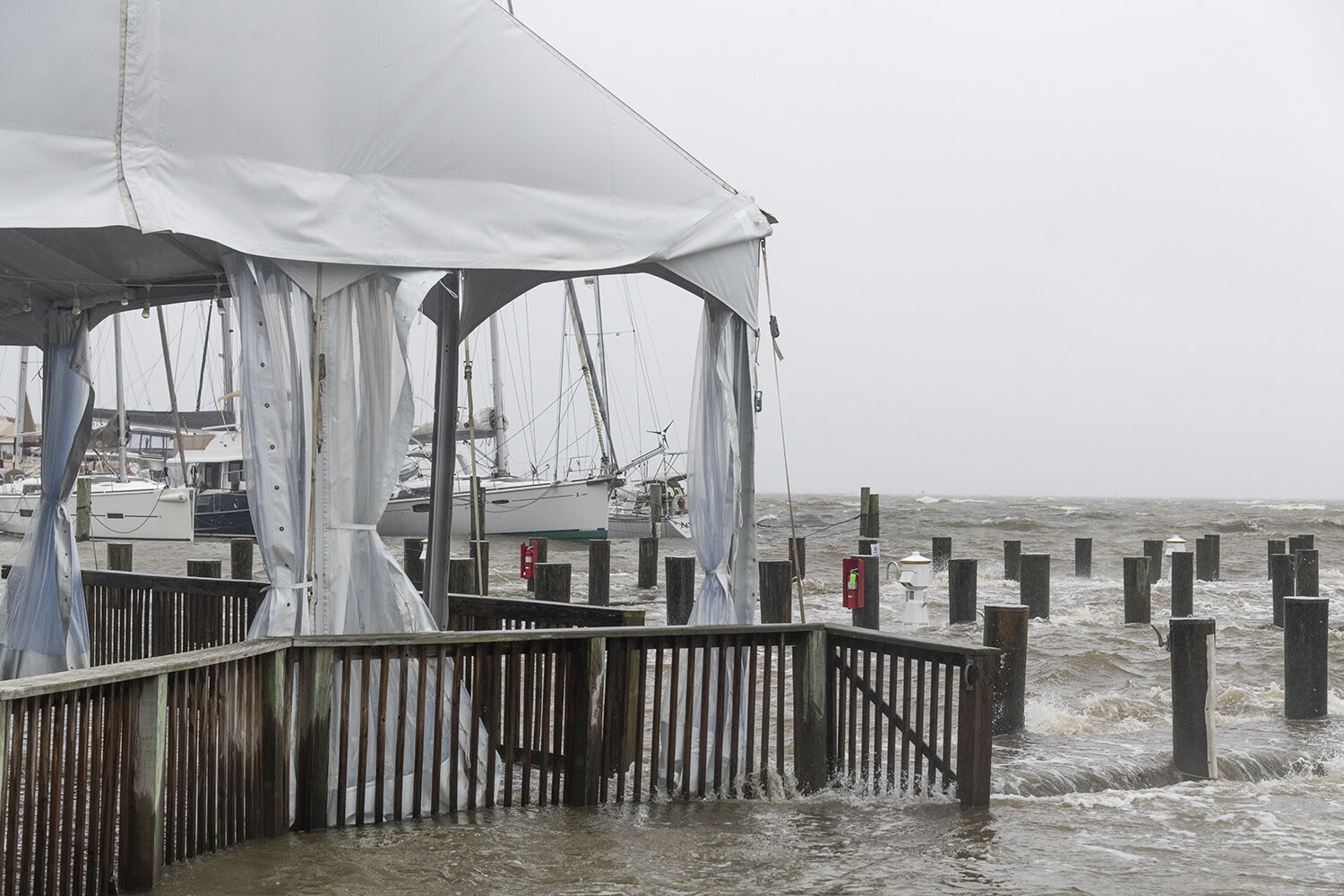
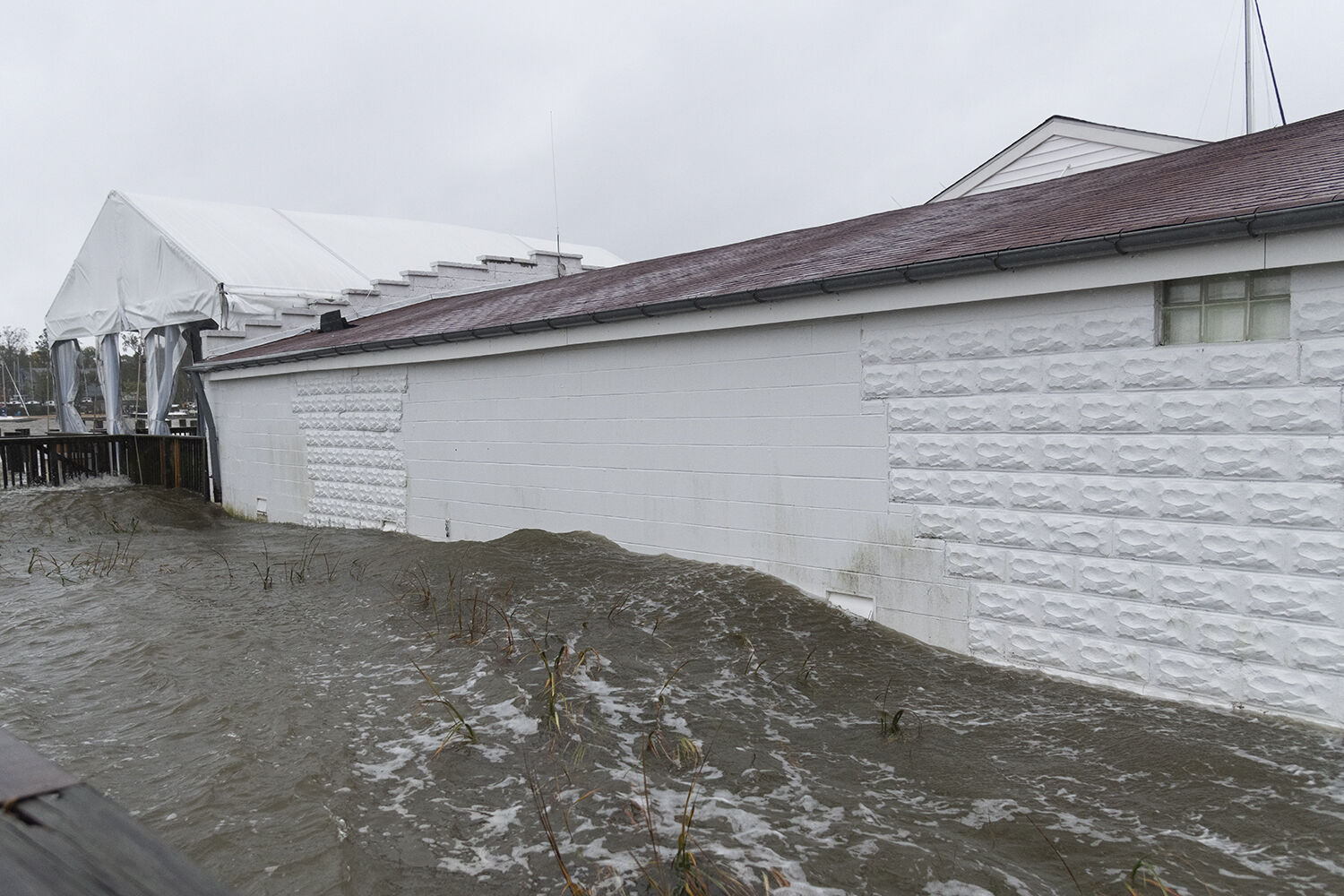
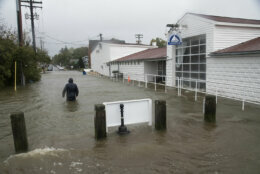
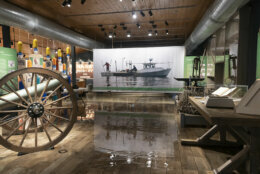
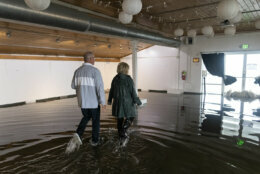
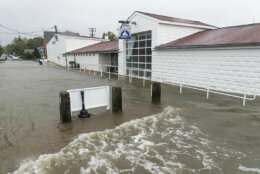
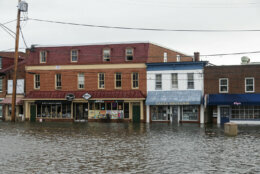
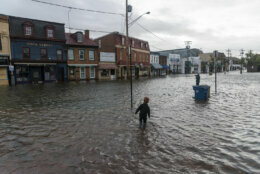
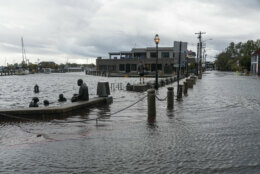
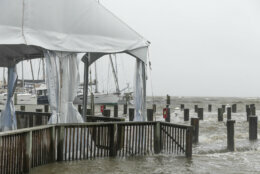
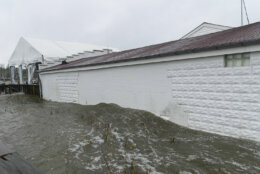
An Annapolis, Maryland, landmark that focuses on the ecology as well as the history of the Chesapeake Bay didn’t escape Friday’s flooding.
Alice Estrada, president and CEO of the Annapolis Maritime Museum, said, “We are as prone to flooding as the downtown City Dock area, so when they flood, we flood as well.”
The museum sits alongside Back Creek in Eastport and by mid-afternoon, there was up to 6 inches of water in some portions of the building.
“We are prone to flooding, so we had our exhibits designed on wheels,” said Estrada. That way, the exhibits could be moved to higher ground when needed.
The flooding was especially unwelcome since the museum had completed $1 million in renovations in the past year.
“We’re gonna need a lot of clean up, and we’re gonna need some financial help,” Estrada said.
The museum is also home to the skipjack Wilma Lee, and Estrada said the captain was planning on spending Friday night monitoring conditions.
Estrada said the museum, a popular venue for a number of functions due to its location on Back Creek, also had to cancel two events this weekend — one wedding and another pre-wedding party. Estrada hated to disappoint the people who’d booked the events, but said, “There’s no way to get into our building, frankly. There’s one back door that’s approachable, but you’d better have some good waterproof boots on.”
Museums are dedicated to documenting history, and Estrada took the opportunity on a Friday afternoon to call on Jay Fleming, a local photographer.
“He’s quite an accomplished photographer of the Chesapeake Bay, and we asked him to document this moment because this flood is so significant,” Estrada said.
Fleming is a member of the museum’s board of directors, and has a new book coming out in November called “Island Life,” which focuses on two communities shaped by the Chesapeake Bay: Tangier and Smith Islands.
Fleming got to the museum after paddling his kayak along the streets of downtown Annapolis.
Paddling around a flooded Dock Street today at high today. Annapolis, Maryland #mdwx pic.twitter.com/EIC3iDF1dT
— Jay Fleming (@JayFlemingPhoto) October 29, 2021
When he arrived at the museum, Fleming said, “The waves were crashing on the dock; there were actually a few waves breaking on the doors and under the pier. It was pretty nasty.”
Fleming has seen a lot of flooding in downtown Annapolis, but he’s heard from some people in town that they didn’t used to see flooding like Friday’s so frequently.
“The worst storm I can remember myself was Hurricane Isabel which was in 2003,” Fleming said.
Fleming’s passion for documenting the people, the ecology and the history of the Chesapeake Bay is evident in his photographs and in his conversation.
“The museum’s actually an old oyster shucking house, which is really neat,” Fleming said. “It was the last oyster shucking and seafood packing business to go out of business in Annapolis.”
While flooding is a part of life for people who live close to any body of water, especially tidal waters like the Chesapeake Bay, Fleming said people should have an incredible respect for the water.
“You need to be careful how close you build to the water,” and he added, “Obviously when you’re out on the water, conditions like this could be deadly.”








